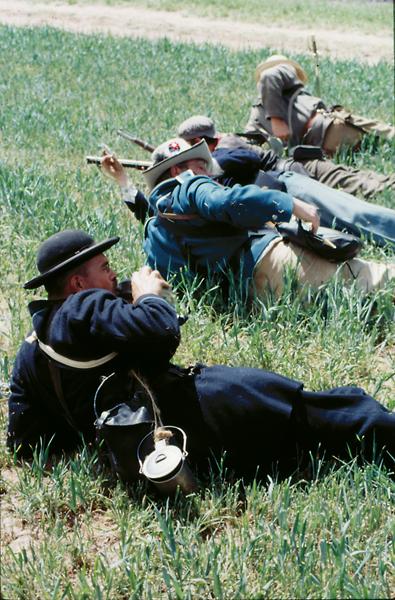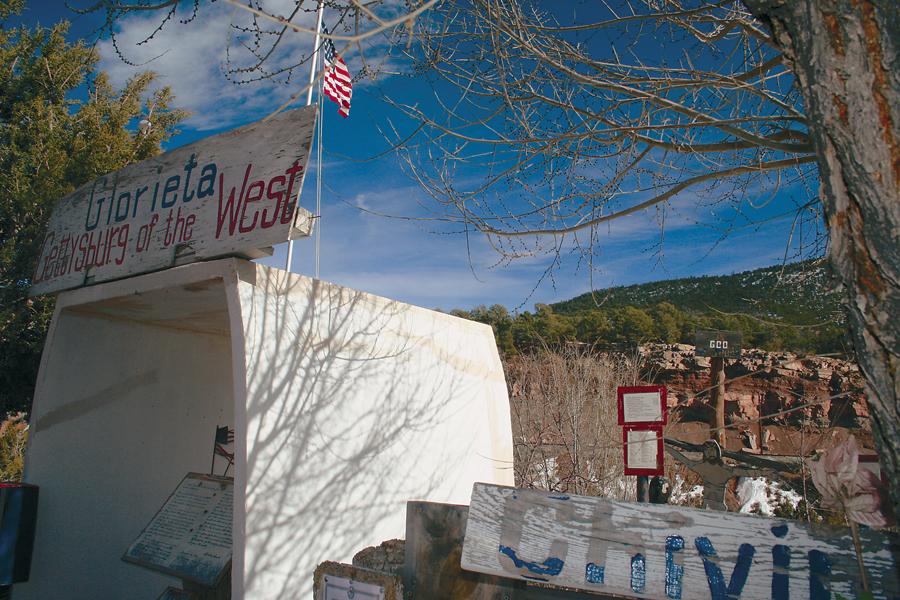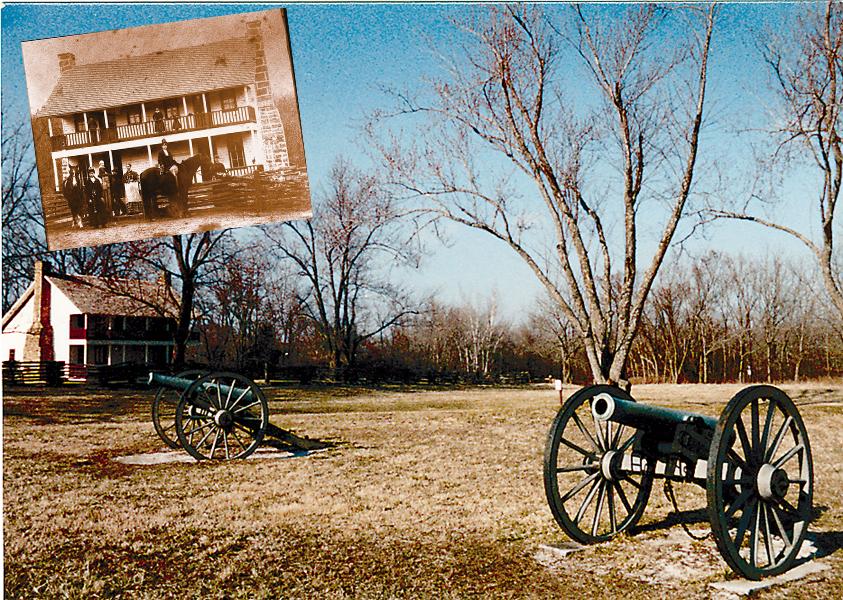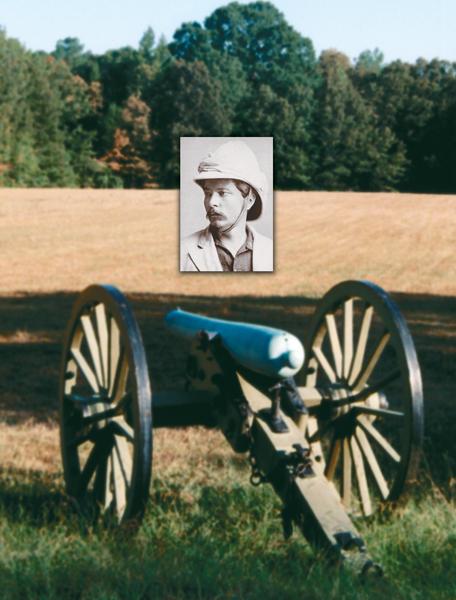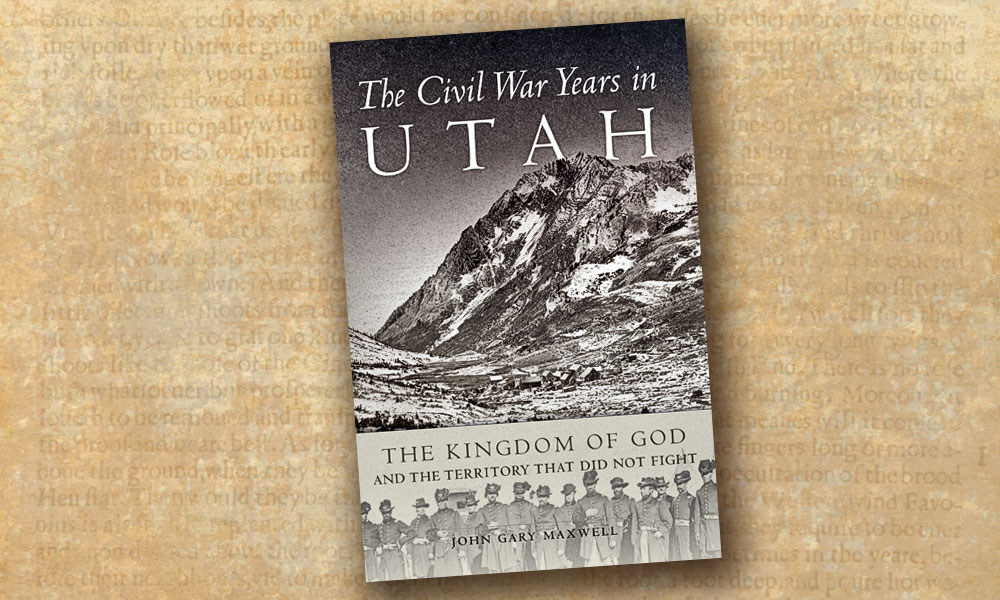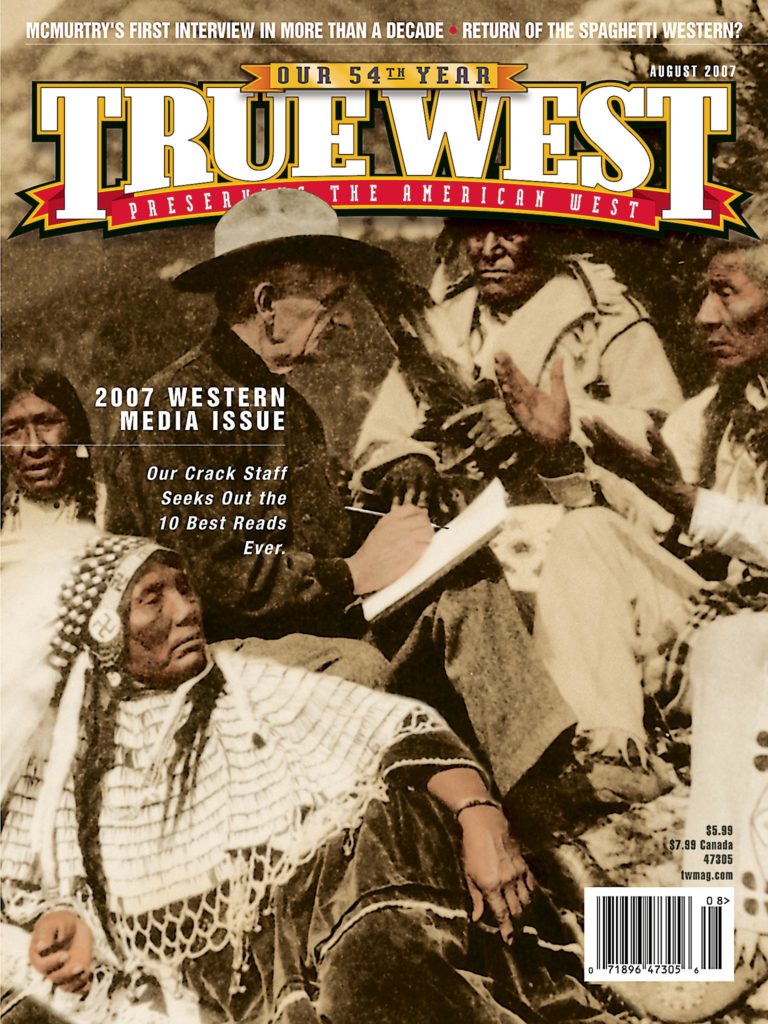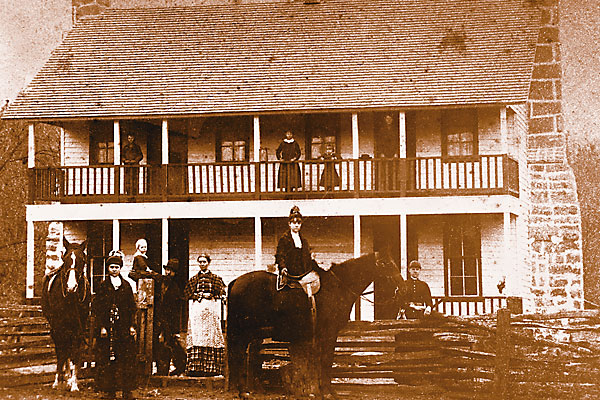 The Civil War was gonna be won in the West, Sherman told Grant after the second bloody day at Shiloh.
The Civil War was gonna be won in the West, Sherman told Grant after the second bloody day at Shiloh.
Okay, so that was John Wayne’s William T. Sherman telling Harry Morgan’s Ulysses S. Grant in 1962’s How the West Was Won. And while Shiloh National Military Park in Tennessee is one of the most haunting places in America, where the two-day bloodbath in April 1862 is well-preserved and the dead, both blue and gray, are honored, and, while, yeah, Shiloh was in the war’s Western theater, the truth is, the Civil War was won at Antietam, Maryland … Gettysburg, Pennsylvania … scores of battlefields in Virginia … heck, even at Fort Sumter, South Carolina (ahem, many historians say the Lost Cause was doomed from the start).
Yet war’s bloody arm reached across the Mississippi River, and I don’t mean Fort Sumner, New Mexico, where one embarrassingly frequent question posed to the state monument staff is, “Is this where the Civil War began?”
Historically, Confederate and Union forces tangled as far west as Arizona. No, it wasn’t anything like Major Dundee or Escape From Fort Bravo. And in the grand scheme of things, Glorieta—New Mexico’s “Gettysburg of the West”—was nightmares removed from its eastern counterpart, but you can find plenty of North and South in the West, if you know where to look.
Wild Bill Slept Here
Like Pea Ridge National Military Park in northwest Arkansas. Before Shiloh, this engagement saved Missouri for the Union. Elkhorn Tavern (the secesh name for the battle) had been an area landmark for years before Gen. Samuel R. Curtis’ Federals clashed with Ben McCullough and Earl Van Dorn’s combined Rebel force bent on capturing St. Louis.
Delays, bad weather, poor planning and exhausted men doomed the Rebel initiative. On March 7, 1862, Confederates under Gen. Sterling Price drove back Federals east of Pea Ridge and, by nightfall, had taken key roads and the namesake tavern. West of Pea Ridge, however, Confederates met disaster. Union soldiers killed McCullough and Gen. John B. McIntosh, and routed their troops, many of whom eventually regrouped with Price’s Missourians that night.
Still, when Curtis counterattacked the next morning, the Rebels held tight despite a brutal artillery barrage and infantry and cavalry attacks. Yet with ammunition running low, Van Dorn was forced to order a withdrawal by midmorning.
Things certainly got Western at Pea Ridge. Confederate Gen. Albert Pike’s command included two regiments of Cherokees, while Union forces included a gentleman who’d go on to Wild West immortality as Wild Bill Hickok, although reports that Hickok killed McCullough have been widely discredited.
Rebel guerrillas burned Elkhorn Tavern, although the tavern was rebuilt after the war. A reconstruction stands in its place today, one of several interpretive stops on the seven-mile battlefield tour road at the excellent park.
Pea Ridge was the war’s largest Western engagement. Of the Union force of about 10,250 men, 203 were killed with another 980 wounded and 201 missing or presumed captured. Although the Confederate force totaled some 16,500, only about 13,000 were on hand (due to straggling) when the battle began. Rebel casualties were estimated at approximately 2,000 killed, wounded and missing.
For casualty comparisons: Shiloh (13,000 Union, 10,700 Confederate); Antietam (12,400 Union, 10,000-14,000 Confederate); Chancellorsville (16,800 Union, 13,000 Confederate); Gettysburg (23,000 Union, 28,000 Confederate).
Show Me in Missouri
Yet the war got quite bloody in Missouri. In fact, scholars say Missouri had the third-most engagements in the war, behind only Virginia and Tennessee.
“Many people think the whole war was fought within 25 miles of Washington, D.C.,” says Andy Thomas, a Carthage, Missouri, artist who has made quite a career of painting the Western Civil War battles.
Much blood was spilled in Missouri, and some of it quite early.
Ten miles southwest of Springfield, Gen. Nathaniel Lyon attacked a larger Confederate force on August 10, 1861. The five-hour fight was intense, bloody, often hand-to-hand, with countercharge following countercharge. Lyon would be wounded twice, then killed while leading yet another charge. Samuel Sturgis took command and, with ammunition running low, led the Federal retreat to Springfield.
Union losses totaled 1,317, but although the Confederates held the field, after suffering 1,200 casualties, they could not pursue Sturgis’ troops.
Wilson’s Creek got pretty Western, too. Some say Frank James, Cole Younger and William Quantrill fought in the battle with the Missouri State Guard. The battlefield looks much as it did in the 1860s, and the park features an excellent Civil War Museum.
All told, Missouri witnessed 1,162 battles and skirmishes, but that’s too much for this Renegade Road, so I’ll keep things simple and just hit Carthage before heading into Oklahoma.
Eleven days before Virginia’s First Battle of Bull Run, Col. Franz Sigel’s army of 1,100 began a running fight against Gov. Claiborne Jackson’s army of 6,000 (only 4,000 of those armed) to stop Jackson from joining up with Rebels in Arkansas. In a series of skirmishes over about 10 miles, the Confederates won out (4-to-1 odds, yeah, I reckon so). The 7.4-acre State Historic Site, which includes an information kiosk, rests on the site of one of the battle’s last engagements and a campsite for both armies.
Way Down Yonder
“Brother against brother” sure played that way in Oklahoma. How bitter and divisive the war came to be was evident in Indian Territory, especially among the Cherokees. Praising or scorning Stand Watie (the last Confederate general to surrender) can be as risky in 2007 as it was in 1863. Battles would be fought in places like Round Mountain, Fort Wayne, Boggy Depot and here at Cabin Creek near Vinita and Pensacola.
Cabin Creek is probably better known for its winery these days than a Civil War battle where Confederate forces captured more than 100 wagons.
The Oklahoma Historical Society owns the park, which is open daily from dawn to dusk and is maintained by the Friends of Cabin Creek Battlefield. Every three years the state historical society sponsors a battle re-enactment (this year’s is held on September 27-30).
Back in Arkansas
From here, drive back to Arkansas to visit one of the war’s most intact battlefields.
Featuring a driving tour and museum, Prairie Grove State Park preserves the December 7, 1862, battle that pretty much left Arkansas in Union hands. The park includes a battlefield, with monuments and interpretive markers, and a re-created town filled with cabins from the area. Then it’s an easy shot down to Fort Smith—better remembered for the Hanging Judge than the Civil War—and back into Oklahoma.
Honey Springs
Also known as Elk Creek and Shaw’s Inn, the July 17, 1863, engagement at Honey Springs has been called by one historian “America’s first Rainbow Coalition.” After all, the battle included Indians, blacks and whites.
What began as a skirmish against Rebel troops hoping to take Fort Gibson turned into a full (by Indian Territory standards) battle—the largest Civil War engagement in Oklahoma. The Confederates were forced to retreat, leaving Indian Territory, for all intents and purpose, under Union control.
The remote battlefield, which includes six interpretive trails totaling two miles, is located a few miles north of Checotah near Rentiesville and hosts several Civil War re-enactments and demonstrations throughout the year.
New Mexico’s Big Two
You can make a case that the war’s most important Western battle was fought in Glorieta, New Mexico. This was the “Gettysburg of the West,” or so the folk art monument along northbound Interstate 25 between Santa Fe and Pecos tells me. Many historians agree.
Confederate forces had invaded New Mexico from Texas under Gen. Henry Hopkins Sibley with this insane idea to take the Colorado goldfields for the Confederacy. After taking Albuquerque and Santa Fe, Sibley sent a force to secure Glorieta Pass with plans, after that, to capture Fort Union near Las Vegas.
On March 26-28, Texans battled Union forces of Colorado volunteers commanded by John P. Slough and John M. Chivington. Fighting raged over the area, and at the end, the Confederates held the field. But Chivington had marched his men around the battlefield and hit the Rebel supply train, a loss that forced the Confederates to withdraw back to Texas. Chivington became a minor hero, and then a few years later, he became perhaps the West’s biggest villain when he led the massacre of a Cheyenne encampment at Sand Creek, Colorado.
Pecos National Monument is a good place to learn about the battle (tours are sometimes available), and the nonprofit Glorieta Battlefield Coalition has been formed to protect the battlefield. Another look at Glorieta is held each May at El Rancho de las Golondrinas, a living history museum in Santa Fe.
Before Glorieta Pass, Sibley’s Confederate invaders won their first victory of the campaign at Valverde, south of Bosque del Apache National Wildlife Refuge near Socorro.
The February 20-21 battle pitted Union forces from Fort Craig, now a remote National Historic Site on Bureau of Land Management property. The Confederates won out, sending Edward R.S. Canby’s troops into retreat and capturing six pieces of artillery.
Not Exactly Cold Harbor
The Westernmost Civil War battle came in Arizona, on April 15, 1862, at Picacho Peak. Battle, of course, might be an overstatement for a running fight that involved a Union cavalry patrol of 13 against 13 Confederate pickets and resulted in three Union dead.
“But in the bigger picture,” park manager Rob Young tells me, “the Confederates left Tucson and gave up their attempt of marching westward.”
Today that battle’s re-enactment (actually, a re-enactment of Picacho, Valverde and Glorieta) is the largest spectator event put on by Arizona State Parks. The two-day event on the second weekend in March brings more than 200 re-enactors and averages 3,000 to 4,000 visitors.
“It’s Arizona’s claim to fame when it comes to Civil War action,” Young says.
Photo Gallery
– All images by Johnny D. Boggs; Stanley: True West Archives –


